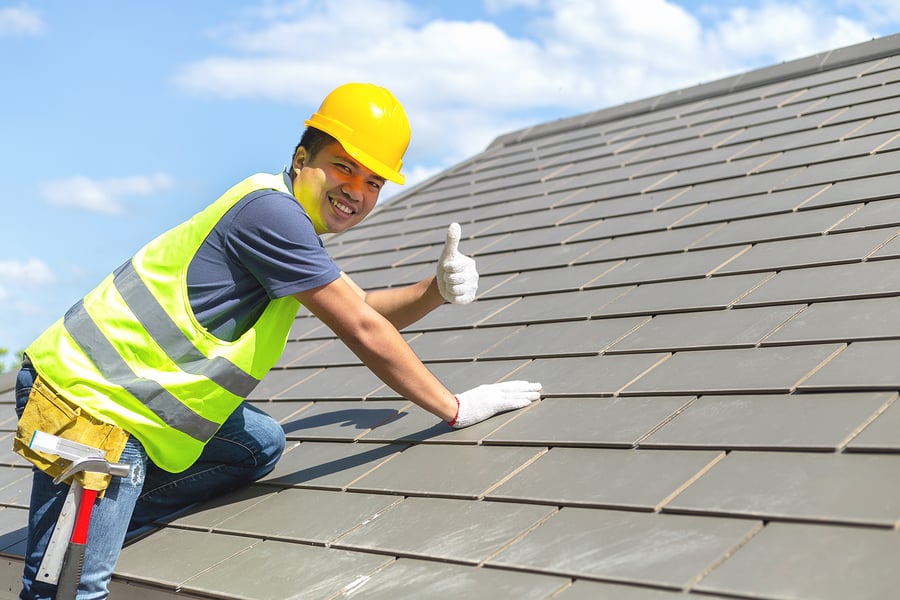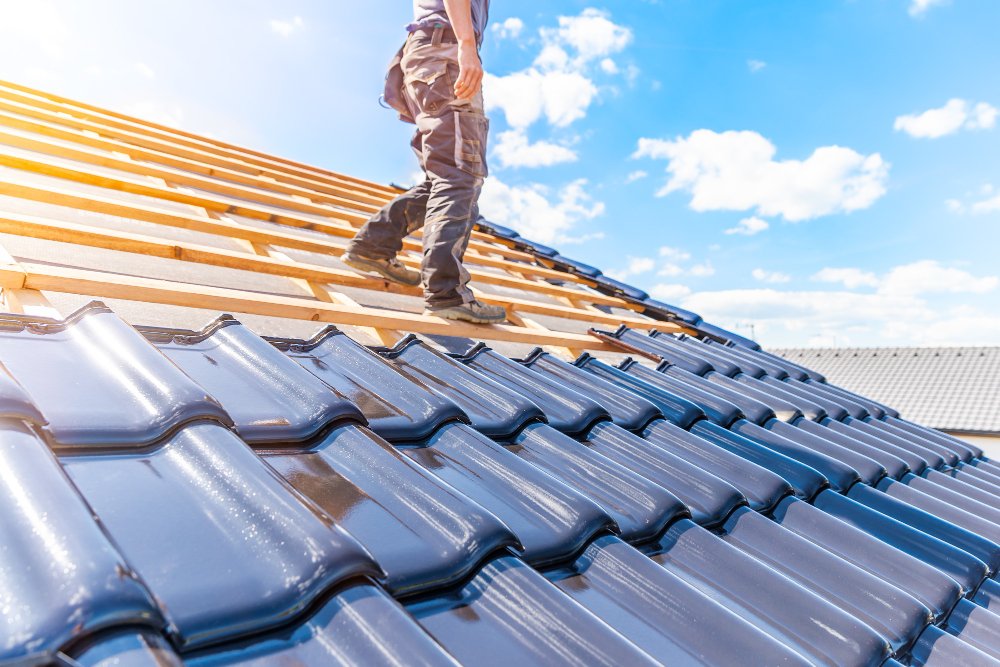How to Assess Different Roof Alternatives for Your Building Requirements
Assessing roof choices for your structure needs a comprehensive approach that considers numerous elements such as the planned use of the structure, neighborhood climate problems, and material characteristics. It is vital to weigh the benefits and downsides of different roofing types, from asphalt roof shingles to steel and clay ceramic tiles, while likewise considering preliminary expenses and long-lasting maintenance. In addition, comprehending energy effectiveness and aesthetic charm can affect your decision. As you ponder these considerations, one inquiry remains: which aspects will eventually assist your option for a sustainable and aesthetically pleasing roofing solution?
Examining Your Structure's Requirements
To successfully evaluate roof choices, begin by extensively analyzing your structure's requirements. Start by taking into consideration the structure's intended use, as various structures might require varying roof requirements. For example, property roofing systems frequently focus on aesthetic appeals and insulation, while business structures may concentrate on toughness and load-bearing ability.
Following, examine the neighborhood climate conditions that will certainly impact roofing efficiency. Elements such as temperature level variations, rainfall levels, and wind patterns can affect material selection and design. A roof covering system that excels in a pleasant environment may not carry out as well in locations prone to heavy snowfall or extreme heat.
Furthermore, assess the structural honesty of your building. Guarantee that the existing structure can sustain the selected roof materials, specifically if considering larger alternatives. It is likewise vital to evaluate any kind of local building regulations or policies that might dictate details demands for roof covering systems.

Contrasting Roofing Materials
Once a detailed analysis of your structure's needs has actually been finished, the following action entails contrasting numerous roof covering products. Each product uses unique advantages and downsides, making it important to align your choice with your specific demands and conditions.
Asphalt shingles are extensively acknowledged for their cost and convenience of installment, making them a popular alternative for residential buildings. On the other hand, steel roof, recognized for its longevity and long life, can hold up against rough weather but might include a higher first investment.
Clay and concrete tiles give superb thermal insulation and aesthetic charm, specifically for Mediterranean-style design, yet they require an even more durable structural assistance because of their weight. Wood trembles deal an all-natural look and great insulation properties yet may require more upkeep and are susceptible to fire threats.
Examining Cost and Spending Plan
Examining your roof options demands a cautious analysis of price and spending plan considerations. The total budget for a roof job comprises a number of factors, including product costs, labor expenses, upkeep, and prospective long-term cost savings. It is important to develop a clear budget prior to checking out details roof covering materials, as this will certainly lead the decision-making procedure and assist you published here stay clear of overspending.
Begin by obtaining quotes from numerous professionals to recognize labor prices in your region. Ensure that these quotes include all necessary services, such as elimination of the old roof covering, installment, and any type of added functions, like insulation or ventilation improvements - Toledo Roofer. Next, examine the cost of various roof covering materials, taking into consideration both first setup expenses and anticipated lifespan

Understanding Energy Efficiency
Power efficiency plays a crucial function in the choice of roofing materials and systems, dramatically impacting both energy usage and total comfort within a building. An appropriate roofing system can boost thermal efficiency, decreasing the need for heating their website and cooling down systems, which in turn reduces power expenses and minimizes ecological impact.
When evaluating roof covering alternatives, take into consideration materials that reflect instead than soak up heat. In addition, appropriate insulation and ventilation are important to enhance the energy efficiency of the whole roof covering system.
One more essential factor is the roof's long life and maintenance demands. Resilient materials that require less constant replacement contribute to lasting power cost savings. The power effectiveness of a roof covering system can also be analyzed via its compliance with recognized sustainability ratings such as ENERGY CELEBRITY or LEED.
Considering Aesthetic Allure
A roof covering's aesthetic allure substantially affects the overall appearance of a building, matching its building design and boosting aesthetic charm. Sylvania Roofing Contractor. When examining roof covering choices, it is important to take into Discover More Here consideration just how the selected product, color, and style will certainly harmonize with the existing structure and community. A well-designed roofing system can elevate even the simplest of structures, transforming them right into visual focal factors
Different roof products supply different visual high qualities. For instance, typical shingles may evoke a timeless beauty, while steel roofing can give a modern, streamlined look. In addition, the color of the roof covering material plays a vital role; lighter tones can make a structure appear even more sizable, while darker tones might produce a cozier atmosphere.
Additionally, building aspects, such as dormers and eaves, can enhance the roofing's visual impact. It is recommended to speak with expert developers or designers to make certain the picked roof covering alternative straightens with the total style intent. Eventually, a roof covering should not only offer practical advantages but additionally contribute positively to the building's visual, mirroring the proprietor's taste and the personality of the surrounding atmosphere.
Conclusion
